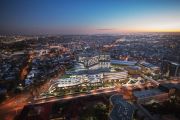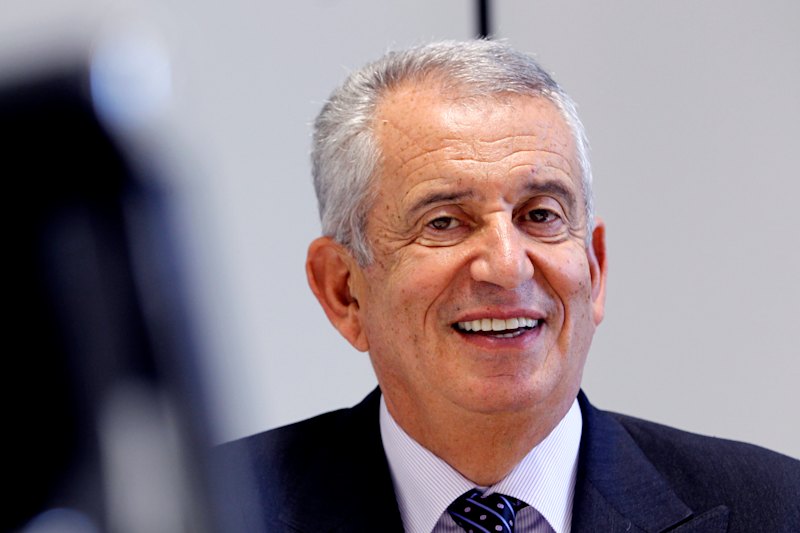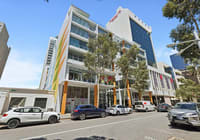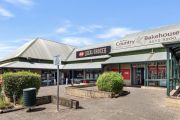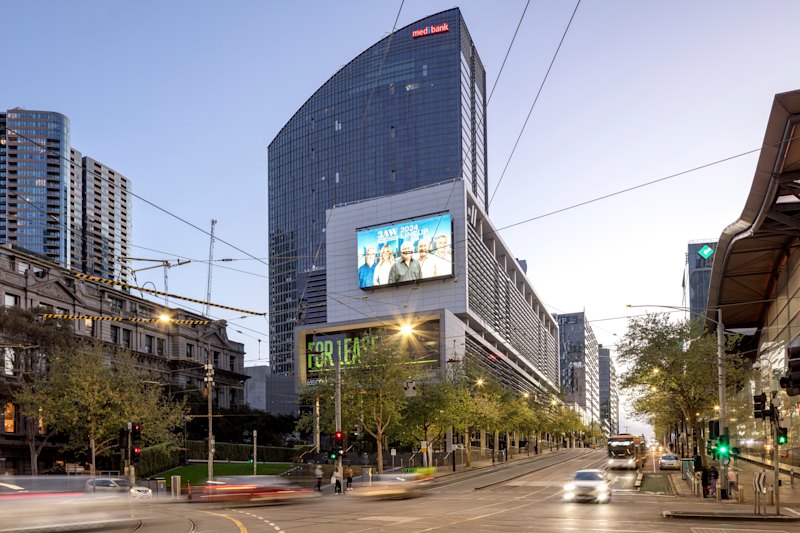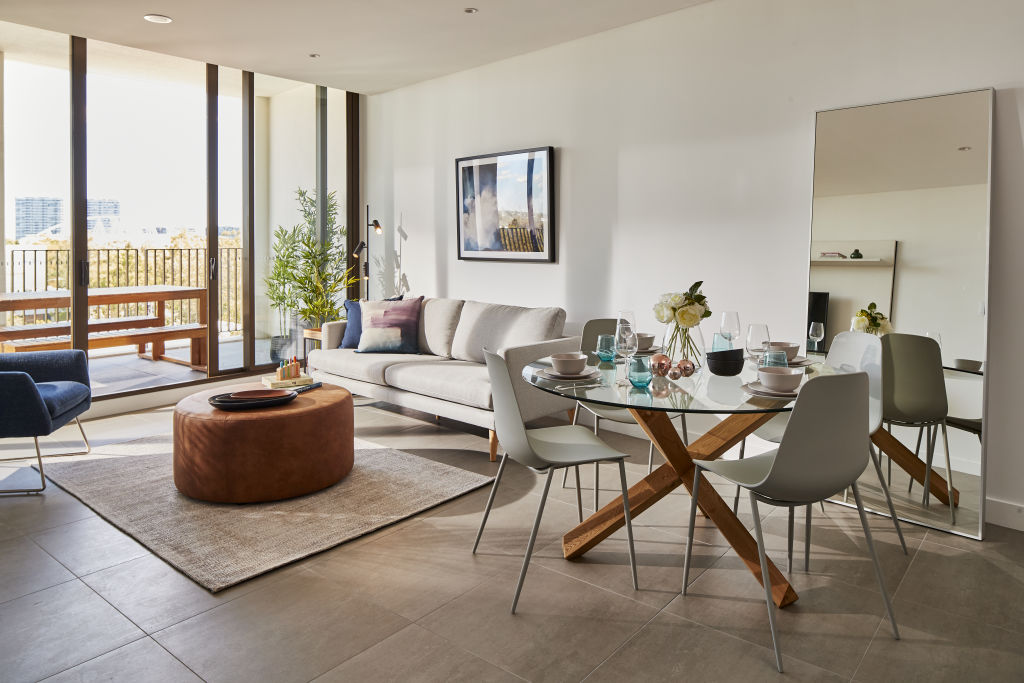
Is build-to-rent the next big thing in commercial property?
It’s an often-misunderstood housing type, but it’s now being tipped as likely to be one of the biggest commercial asset hits of 2021.
The build-to-rent sector – with its sub-sector multifamily housing as its most commonly known to institutional investors – is going through unprecedented growth in Australia with a huge number of projects being planned or set to start construction in the next 12 months.
Already a major draw for capital in the US and UK, where renting is a much more accepted form of housing, it’s now finally receiving recognition in Australia.
“Overseas, it’s already big but here it’s been comparatively slow to take off,” said Andrew Hansen, Mirvac national director of operations.
“It’s a bit early, but I think we’ll now be seeing it more and more if what we’ve seen overseas is anything to go by.
“Our biggest challenge is that local superannuation firms tend to be very conservative and this is a new kind of commercial asset class in Australia to them. But, it offers a stable, solid return on investment, defensive revenue, with our new build-to-rent in Sydney Olympic Park offering about a 4.5 per cent return. It’s a very steady income with potential for upside.”
The concept of build-to-rent has been around for a while internationally but has only just physically arrived in Australia, with the first Sydney offering now leasing to tenants.
It’s 315 apartments in two towers called LIV Indigo, part of the 700 apartment-and-terrace Pavilions development, developed, retained and managed by Mirvac.
Mirvac let it for above-market rents and with far more facilities (such as on-site managers, gyms, working spaces, a dining room, theatre and children’s playroom) than a regular build-to-sell. Tenants sign up for a year and can renew leases for as long as they want.
In the UK, for example, there are now an estimated 170,000 build-to-rent apartments in the planning, construction and operational phases in London, Birmingham, Manchester and other big cities.
But in Australia, beginning from a standing start, Mr Hansen believes we’re now seeing an explosion in the take-up rate, with rental apartments being built or planned for Sydney, Melbourne and Perth, and developers now eyeing Newcastle, Geelong, Wollongong and several other regional cities.
Luke Mackintosh, Ernst & Young partner, strategy and transactions real estate, has been studying the area for six years and said that, as an asset class, it has a similar resilience as core commercial office and core retail.
“Because it’s where people live, it provides a secure income stream just like long- term infrastructure. I call it the toll roads and bridges of residential housing,” Mr Mackintosh said. “These are people’s homes, so they pay their rents. If they have trouble, then they can downsize into a smaller apartment in the same block or equally they can choose to upsize.
“The buildings are institutionally owned, so they’re cleaned and well maintained, they have amenity, and they’re community driven. It’s all about keeping the customers happy. It’s about attracting good tenants and retaining them so they’ll be ‘sticky’ and there’ll be less churn.”
With a low-risk profile and longer-term investment horizon, this kind of commercial asset class is becoming increasingly attractive, particularly to institutional investors who are now teaming with developers to provide the capital for these kind of buildings.
Mirvac alone has three more build-to-rent projects under way or in planning in Melbourne, in Brunswick, Northbank and opposite the Queen Victoria Market in the CBD, and another in Brisbane’s Newstead.
Sentinel Real Estate Corporation has its Element 27 build-to-rent development in Subiaco, Perth, and a second site of 200-plus apartments, while Blackstone and Greystar each have projects in Melbourne, and other developers are also eyeing opportunities.
Coronation Property, for example, is developing build-to-rent as part of its multitower Mason + Main project in Merrylands, western Sydney.
“We think there’s a big future in build-to-rent,” said Coronation’s urban transformation director Aras Labutis.
In NSW, research by agency CBRE found the government’s move to halve land tax and waive foreign investor surcharges for developers could further increase investment in the sector.
Although Australia has had a history of preferring property ownership over rental, the problems of housing affordability are driving many to consider rental a long-term option.
Currently, almost a third of Australians rent, according to the last census and the country’s 11.76 million millennials and gen-zers – the under-35 market– in addition, often prefer renting to servicing mortgages, choosing to spend more money on their lifestyles or on alternative forms of investment. They like the flexibility of renting so they can move more easily with career opportunities or, in normal times, choose to go overseas for a period.
At the same time, investor activity in the housing market is falling, and overseas investment slumped with new regulations and stopped almost dead with COVID-19.
Mooted changes to taxation policies are also disrupting the market.
As a result, there’s been a slowdown in the building of new residential stock, with some developers having trouble reaching the pre-sales target of usually about 80 per cent in order to be given bank finance.
And, it’s in that widening gap that Mr Mackintosh sees potential.
“Multifamily housing – a sub-sector of the emerging build-to-rent asset class – has the potential to stimulate large scale new residential property supply and moderate Australia’s housing affordability crisis, while providing alternate opportunities for residential developers and stable long-term income for institutional investors,” he said.
“If managed correctly, multifamily housing will encourage institutional investors to enter the Australian housing sector to fill the gap left by retail and individual investors.”
He puts gross yields in Australia about 6.5 per cent and, allowing for operational expenses of about 30 per cent, this has net yields of 4-4.5 per cent and equity internal rates of return of between 8.5 per cent and 10.5 per cent.
